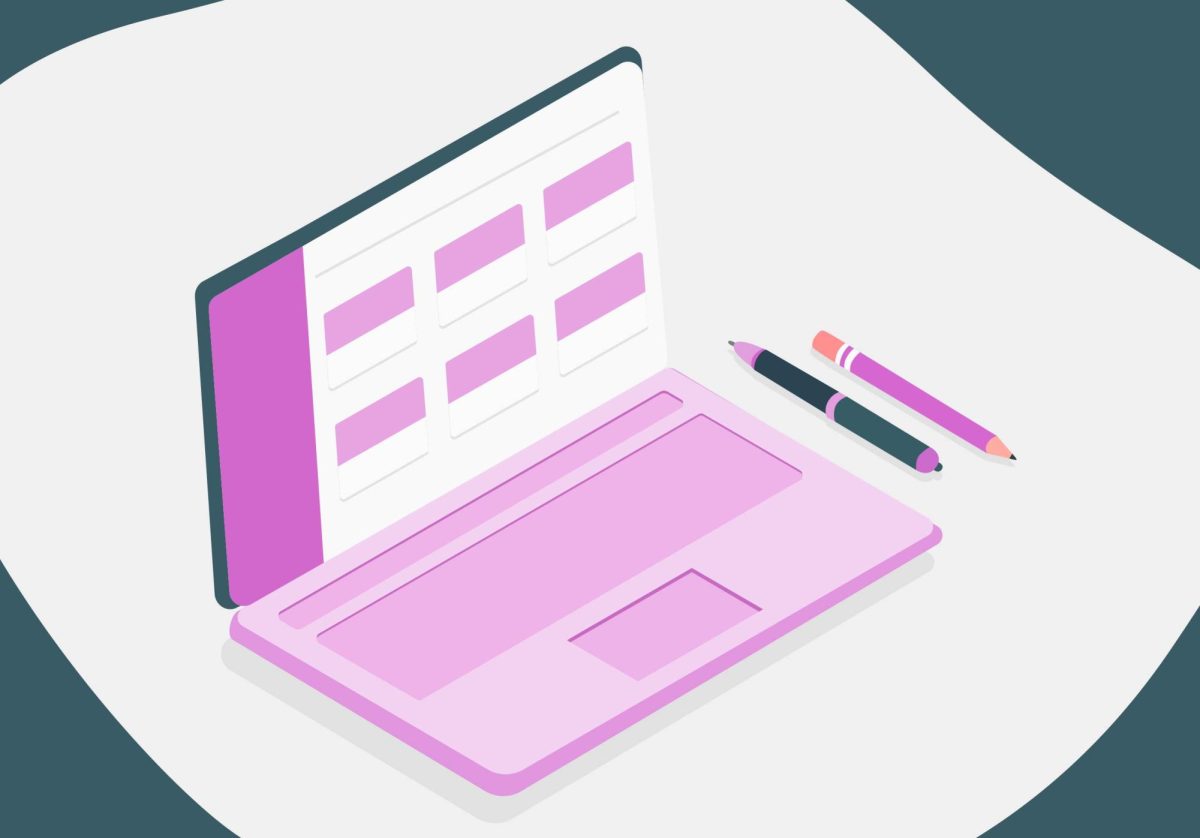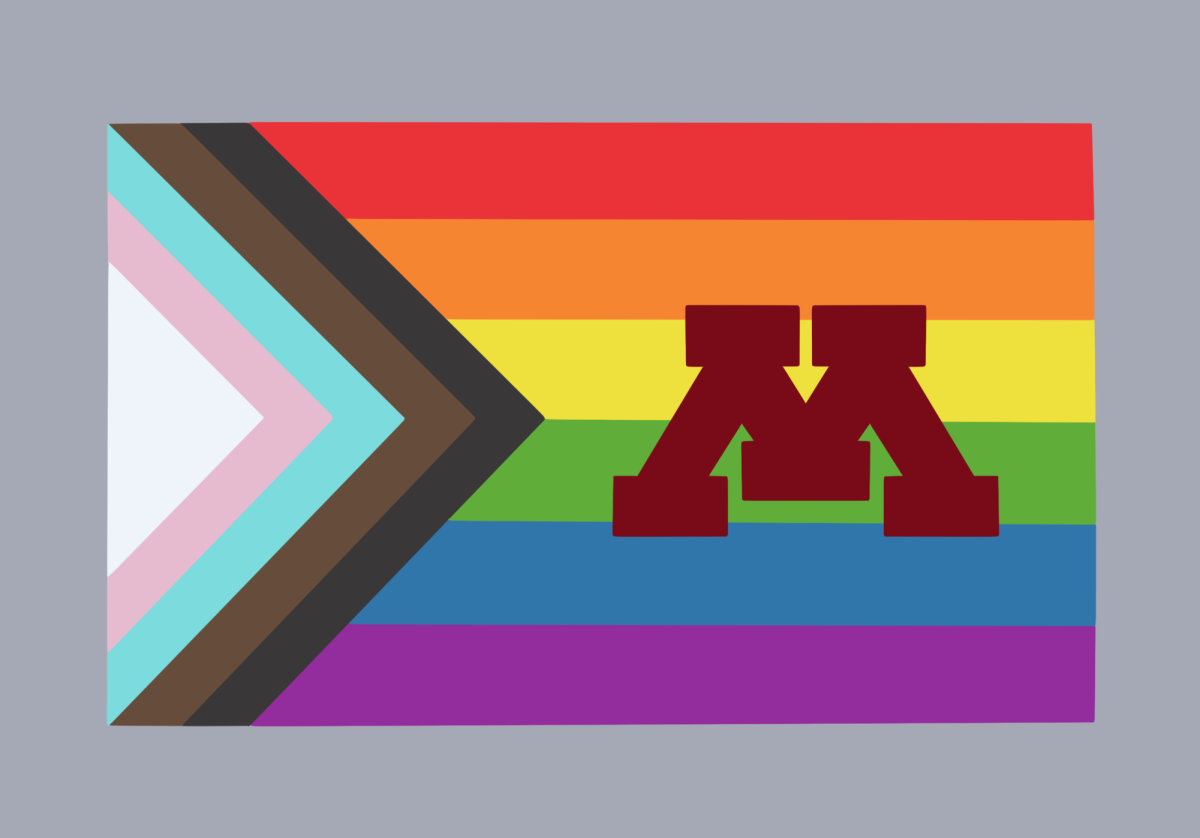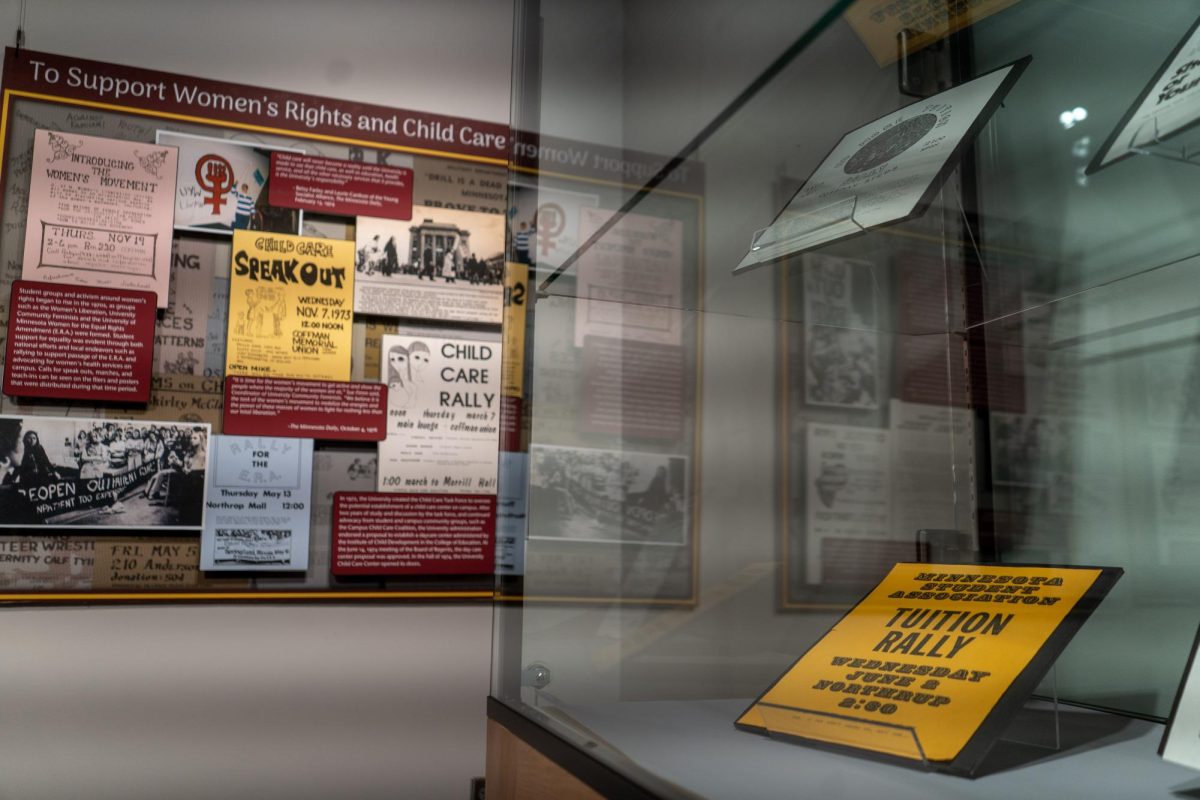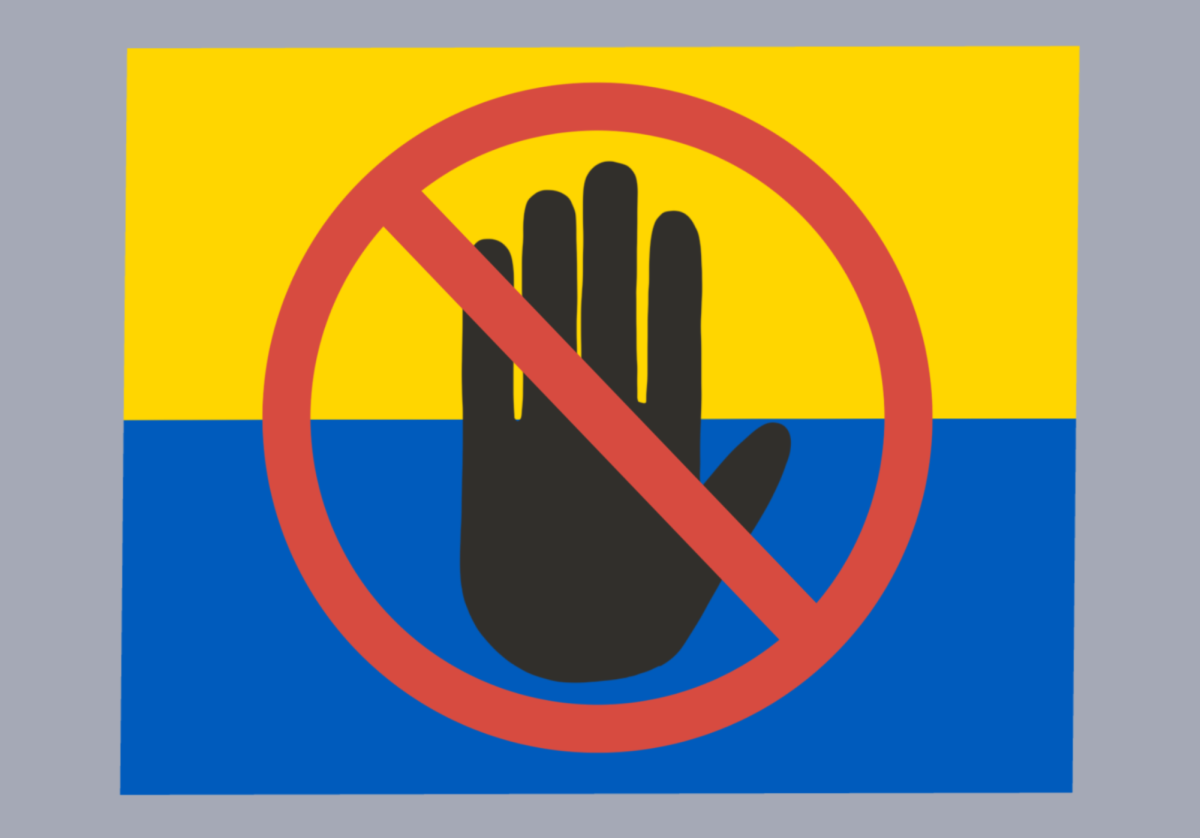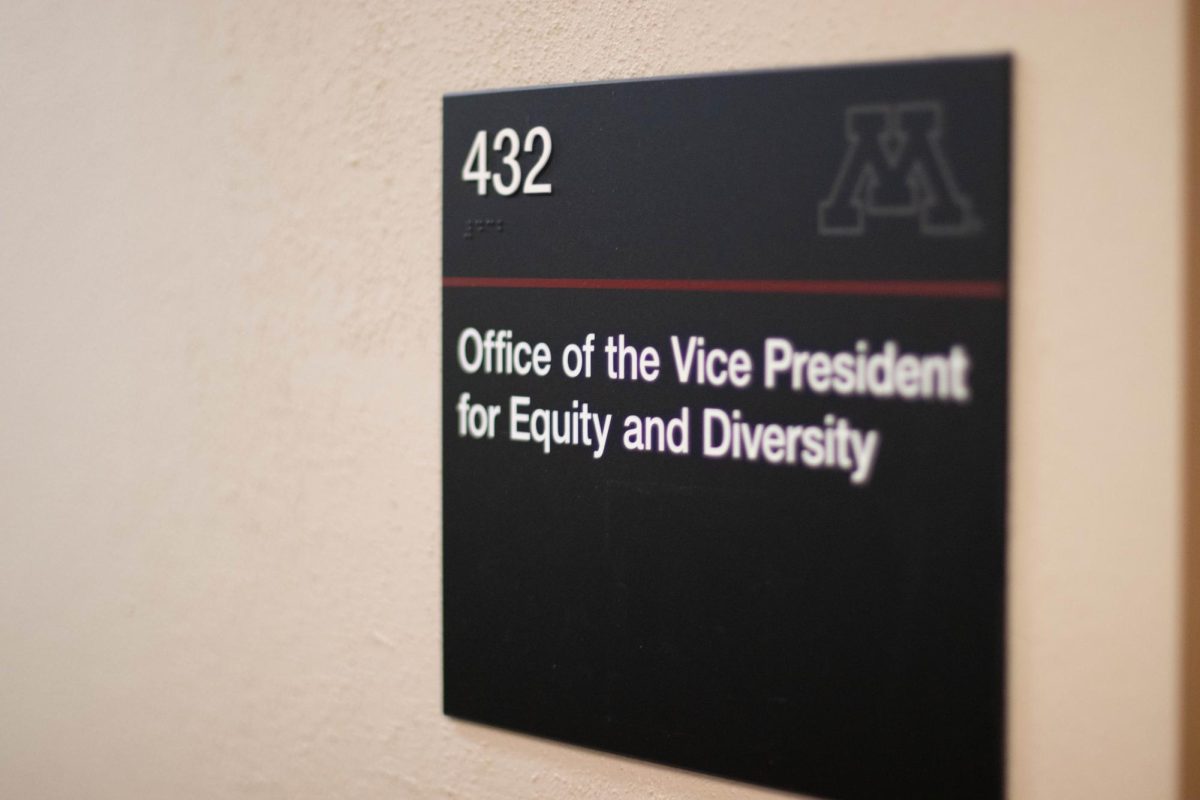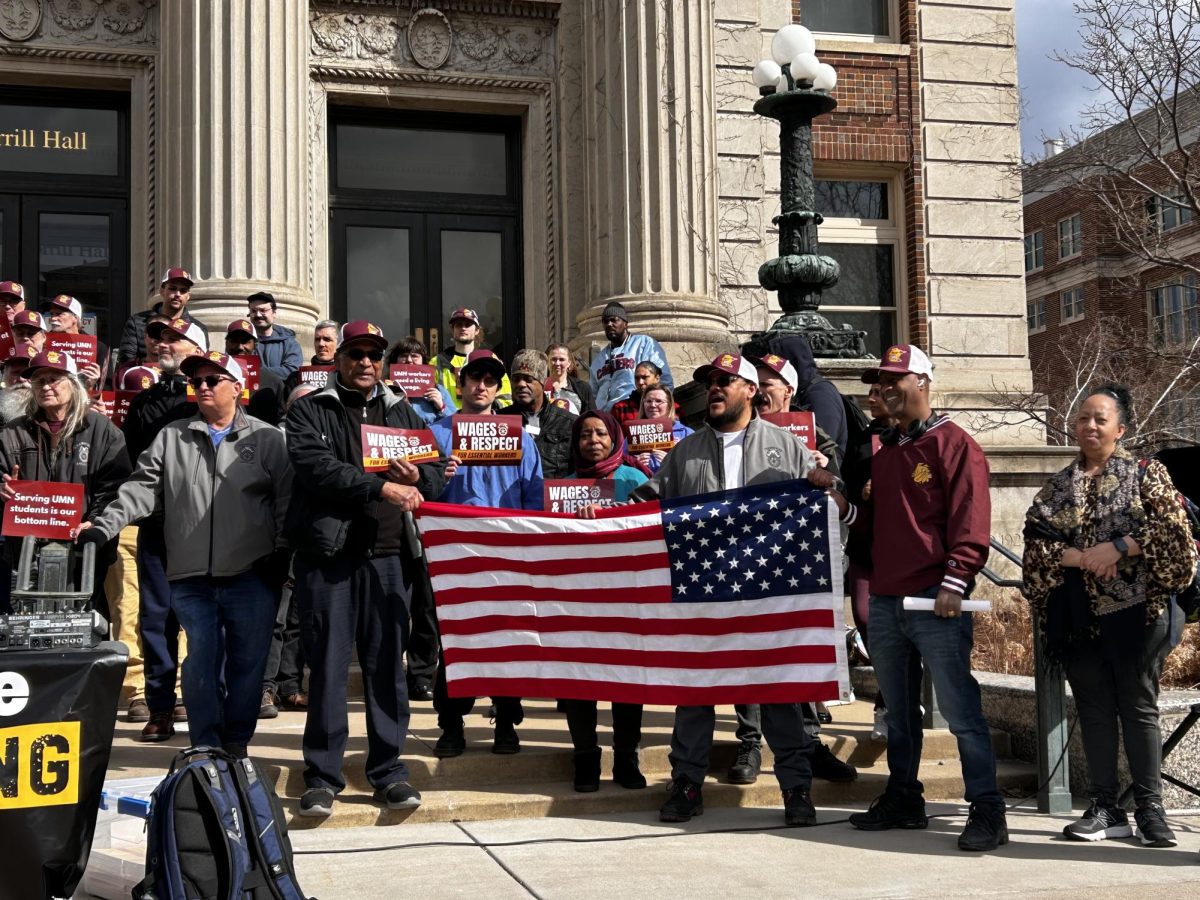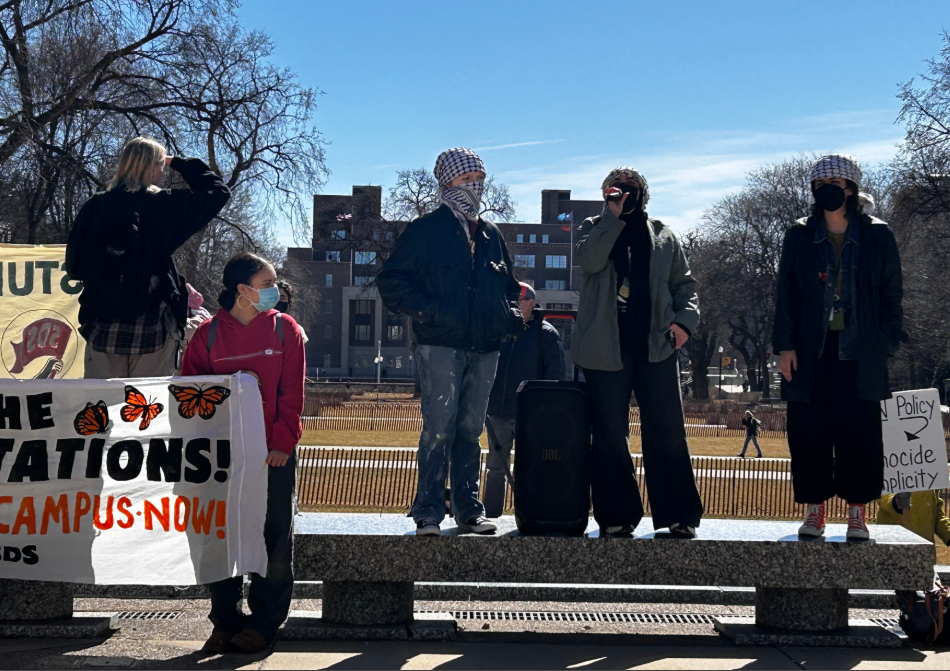The U.S. Department of Justice updated regulations for Title II of the Americans With Disabilities Act (ADA) of 1990 in April 2024 to include specific regulations on the accessibility of web content for Americans with disabilities, according to their website.
According to the website for the University of Minnesota’s Office for Digital Accessibility, the University is updating websites to meet the guidelines, and it has until April 2026 to fully comply with them.
An example of digital accessibility for websites includes alternative text to describe an image so blind people who use text-to-speech features to read articles, according to the ADA’s website. Without alternative text, people who need to use text-to-speech would not know about the images and would not have complete knowledge of the content on a page.
Khaled Musa, the director of the University’s Office for Digital Accessibility (ODA), said the University is ahead of the curve when it comes to digital accessibility, particularly with websites. The University has had an accessibility policy since 2002 to create media, technology and teaching methods that are accessible to disabled students and staff.
The ADA’s website said inaccessible websites make it difficult for people with disabilities to access government services, or in the University’s case, academic services.
Musa said to ensure websites are easily accessible, the University has a default template on the content management system Drupal that all websites are expected to follow. Drupal also alerts people making websites of any errors there may be before they publish a website to guarantee the site is accessible to all people.
“People do not publish with errors in mind to make it so the website is inaccessible for people. I think sometimes people publish as an oversight because they don’t see it,” Musa said. “So by providing that tool on the spot right before they hit publish, if they see any error they get to verify it. It’s been a very productive tool.”
Websites the University works with, like Canvas, do not need to be updated to meet the new federal guidelines, but the ODA alerts Canvas to any errors that come up, Musa said.
“From day one when we purchased it, I meet within the structure once a month,” Musa said. “And if there are issues with the platform itself, I alert them, okay, submit tickets and we fix it.”
Musa said he also works with other vendors the University uses, such as Microsoft, Google and Zoom.
The University created a website dedicated to digital accessibility in 2010 that was later developed into the Accessible U website in 2016, which became the Office for Digital Accessibility in 2024, according to the ODA’s website.
Musa said because the University worked on digital accessibility before it was a federal regulation, other universities have looked to the ODA’s website for guidance.
“We’ve developed the Digital Accessibility Foundation series since 2019 so we are ahead of the curve when it comes to this compliance thing because we’ve been treating it as a compliance issue for a long time, not because it was legally mandated, but because a lot of people, a lot of grassroots individuals around the University, felt really strongly about it,” Musa said.
Most University websites will not need much updating, if any at all, because of the University’s commitment to digital accessibility, Musa said.
“I’m not saying everyone is perfect,” Musa said “Like there will be a few that will have to learn or relearn some of the skills. Some of them are new to this and might need a little bit of education, but that’s what the Office for Digital Accessibility is here for.”
The Disability Resource Center (DRC) said in an email to the Minnesota Daily the DRC worked to develop the Office of Digital Accessibility to ensure online tools from the University are accessible to all users.
“The Disability Resource Center is proud to have partnered with the Office of Information Technology over the past several years to establish the Office for Digital Accessibility,” the DRC Leadership Team said in the same email. “Our shared goal is to empower the University of Minnesota to proactively embed accessibility into every aspect of its work.”
Musa said it is important to remember that accessibility is not the same as getting accommodations. He added students can get further accommodations from the DRC as well.
“Any student with a disability who has good assistive technology skills will be able to interact with that content to the best of their ability in an equal way as every other student, but if they still have an accommodation that is still a separate process,” Musa said. “This accessibility does not replace the accommodation process. It does not, it doesn’t even augment. Accommodations are individualized.”


